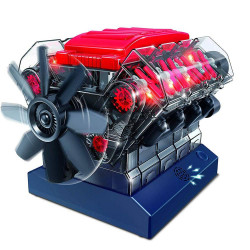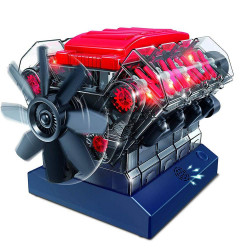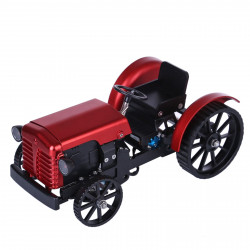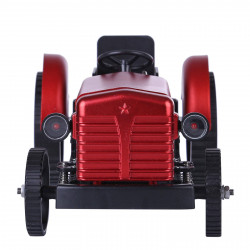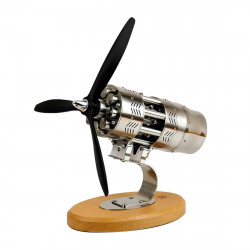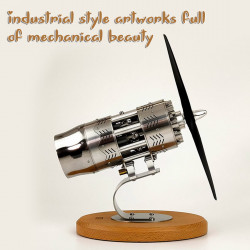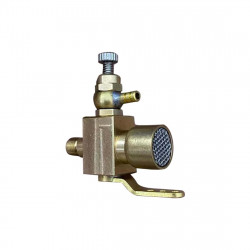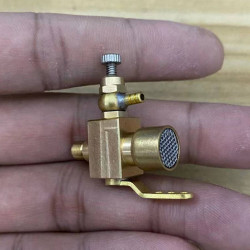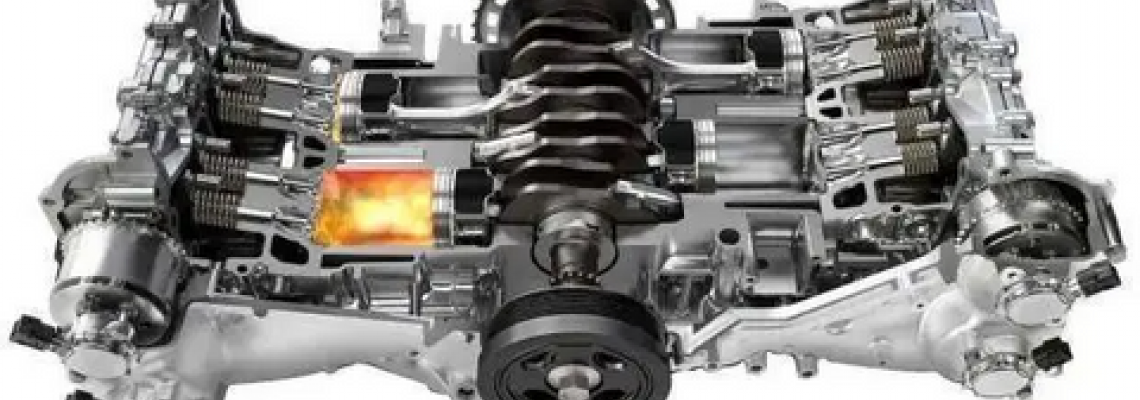
Horizontally opposed vs V 180° engine?
Many of their friends will pause to consider this term before discreetly asking, "Isn't 180° horizontal?"
Not at all. Actually, many car enthusiasts and friends frequently confuse horizontally opposed engines with V-type 180° angle engines. This is due to the fact that 180° is the state level, which makes it easy for people to get confused. On the other hand, the main reason is that the V-type 180° engine has been unable to find a trace of them in the production of the car; they are primarily concentrated in the 1970s and 1980s, the heyday of the 20th century. Since the V 180° engines were utilised mainly in the 1970s and 1980s, they are no longer found in production cars. Since then, more potent horizontally opposed engines or smaller V-type engines have progressively supplanted these 180° V-type engines.
What distinguishes a V-type 180° angle engine from an engine that is horizontally opposed? In short, there are two main ways that they differ from one another:
First, the engine has a different internal structure;
Secondly, the two engines have different models installed.
Let's examine the first point, which is their structural differences. A horizontally opposed engine's pistons constantly move in opposite directions, meaning that the pistons next to each other always move in different directions. Each piston connecting rod mechanism is connected to its independent crank pin. The neighbouring opposite piston will move to the left while the left piston moves to the right. The horizontally opposed engine's mechanical structure has previously established that it has very minimal vibration since it will eliminate the vibration through its operating characteristics. The arrow's direction plainly shows the movement of the pistons of the horizontally opposed engine in the following figure.
The 180° angle V-type engine and the horizontally opposed engine differ structurally in that the crank pin of the former is shared by the two neighbouring piston connecting rod mechanisms. This means that the neighbouring opposing pistons of the 180° angle V-type engine always move in the same direction, meaning that when the left piston moves to the left, the opposing neighbouring piston will move to the left as well. The direction of the arrow in the accompanying graphic shows you the V-type 180° angle engine's law of motion.
In summary, a 180° angle V-type engine will only have three crank pins because every two opposite neighbouring connecting rod mechanisms will share a crank pin, whereas a horizontally opposed six-cylinder engine must have six crankshaft pins for six connecting rod mechanisms.
If your buddies are not very clear on their working principles, you can use the following diagram to see how these two engines differ in their functioning. The law of motion of the horizontally opposed engine is depicted in the upper portion of the picture, while the law of motion of the 180° angle V engine is shown in the lower portion.
The second point is then clarified, and the variations in the models they are employed in are examined. Overall, the majority of horizontally opposed engines are civilian engines since they are currently found in all Subaru cars, the majority of Porsche models, and BMW motorbikes. Conversely, the V-type 180° angle engine was first limited to racing vehicles, like the Porsche 917 Le Mans and Ferrari 1512 F1 cars.
They differ significantly in terms of displacement, though, with the Porsche 917's 180-angle V12 engine having a complete 4.5L and eventually expanding to 5.0L in search of more power output, while Ferrari's 180-angle V-12 engine only has a 1.5L-displacement. Naturally, Ferrari continued to develop the engine for its wild expansion, and this 180° angle racing engine later served as a strong basis for the company's future V-type 180° angle 12-cylinder engine-powered civilian sports vehicles. Later, Ferrari's future civilian sports cars with V-type 180° clamp angle 12-cylinder engines were built on a strong foundation thanks to the 180° racing engine.
So why was the 180° angle V engine abandoned?
This is due to the fact that the V12 engine's 180° angle cannot lie flat at the bottom of the vehicle due to its excessively long volume, which will unavoidably cause the body to lengthen and limit the vehicle's sports performance. As a result, the engine is frequently placed directly above the rear suspension, but this eliminates the benefit of the low centre of gravity. Ferrari chose to move the engine to the bottom of the vehicle because it takes up less room and has a smaller V12 engine. Ferrari abandoned the 180° angle V-engine entirely after this because the car also has enough room for the suspension, and the body width doesn't have to be too large to fit the engine, which would have affected the vehicle's aerodynamic design.
After reading the above, your buddies can now tell the difference between a V-type 180-angle engine and an engine that is horizontally opposed. Even though they are highly similar, they are not of the same class. This kind of engine is from a bygone era, and while it has its drawbacks, it is also an inevitable consequence of technical advancement.
